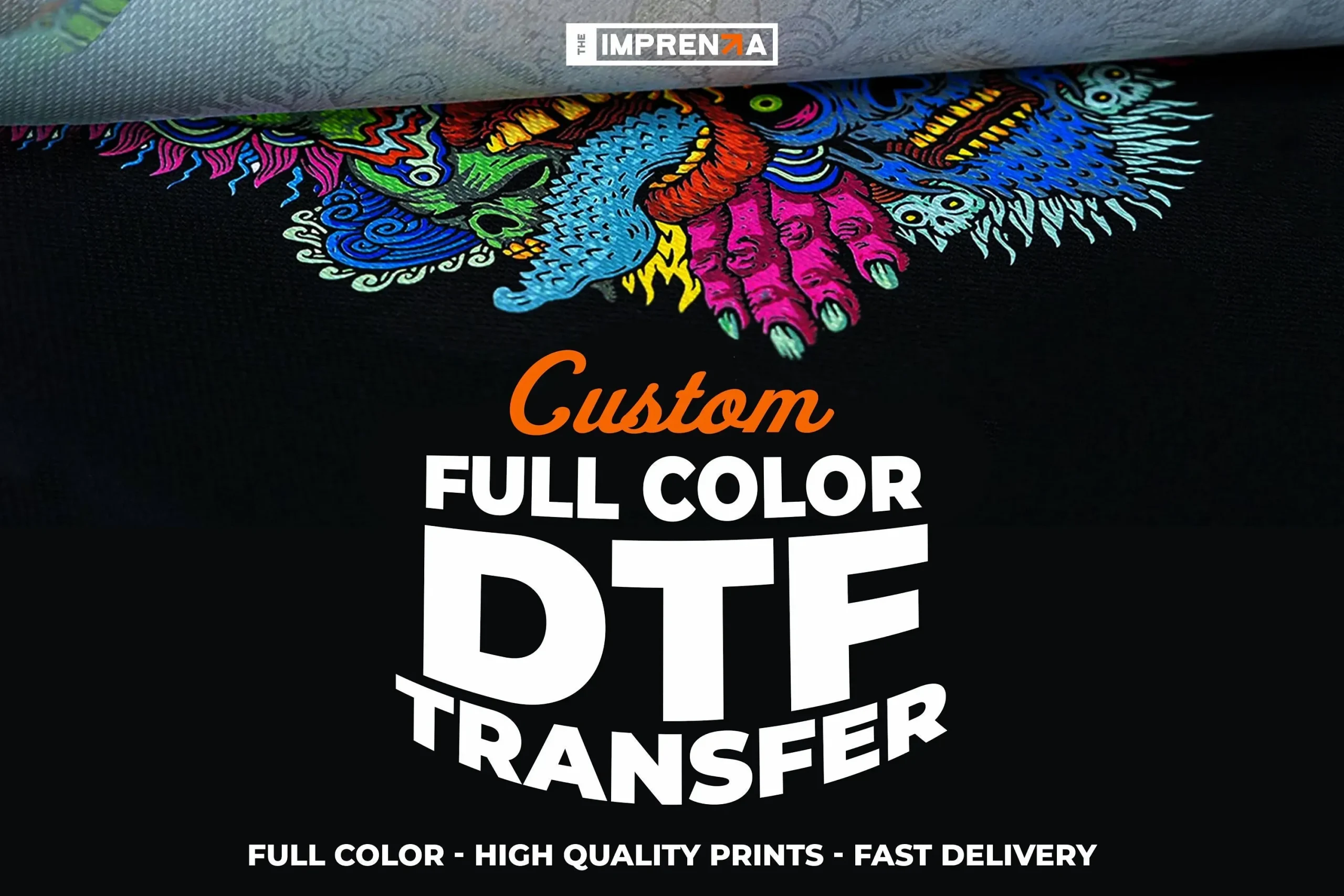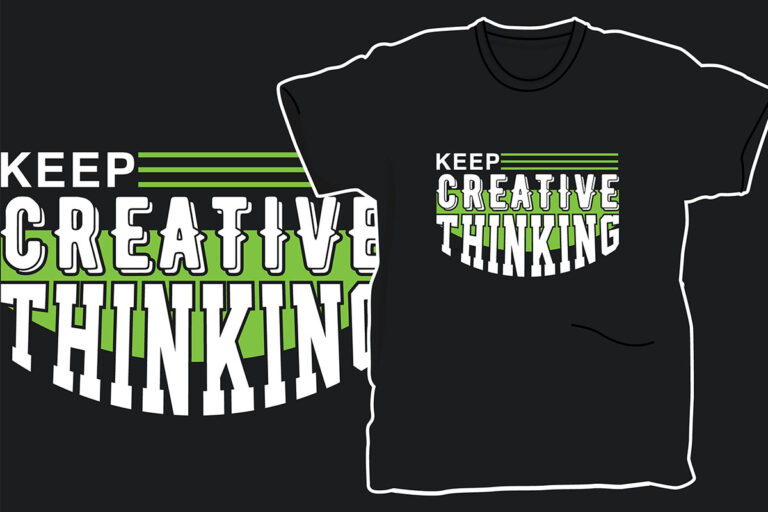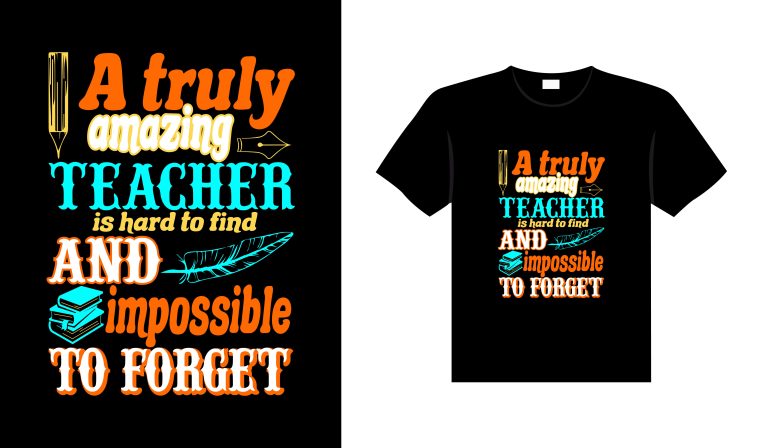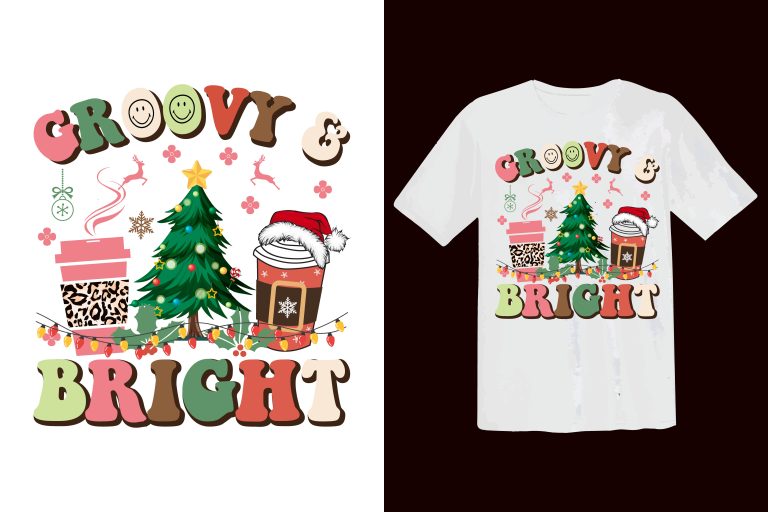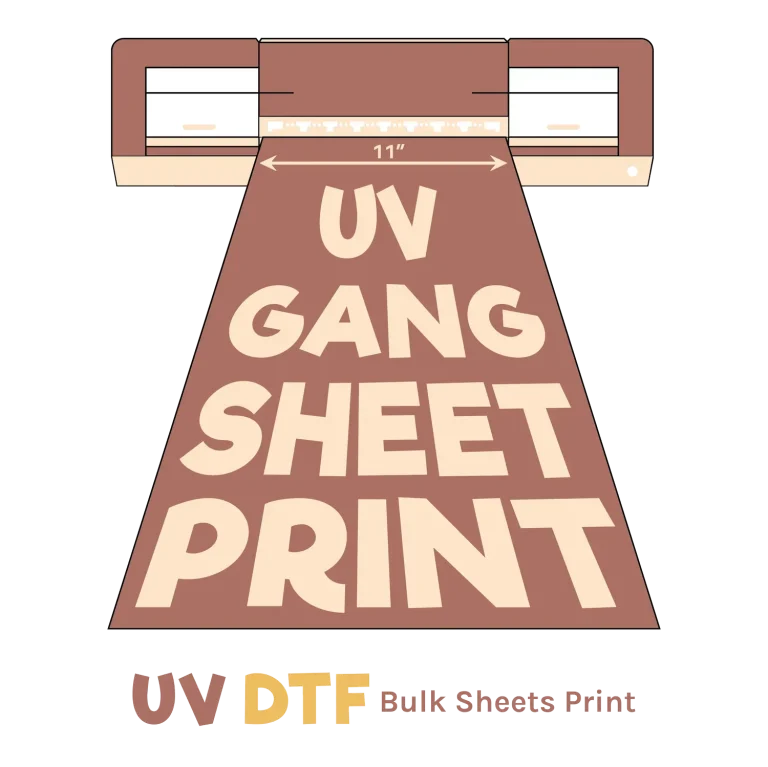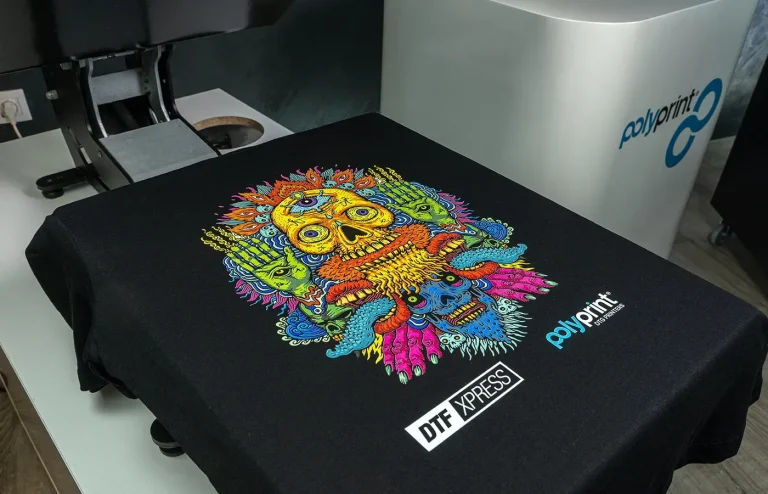DTF Transfers: A Comprehensive Guide to Their Advantages
DTF transfers, or Direct-to-Film transfers, are rapidly changing the landscape of garment printing. This innovative printing technique transfers vibrant and intricate designs onto a variety of fabrics, making it a game-changer for manufacturers and custom apparel shops alike. One of the main benefits of DTF printing lies in its ability to produce high-quality prints that remain intact even after multiple washes, ensuring customer satisfaction. Unlike traditional printing methods, DTF offers cost-effective solutions for small runs, allowing businesses to meet the demands of niche markets without financial strain. In this guide, we delve into the numerous DTF transfer advantages, exploring how this modern printing method can elevate your garment production capabilities.
Also known as Direct-to-Film printing, DTF transfers represent a groundbreaking shift in the printing world, integrating advanced techniques that enhance the quality of textile applications. This printing method offers significant benefits, such as maintaining vibrant colors and intricate designs, with a focus on durability that traditional printing techniques often lack. Businesses exploring garment printing solutions will find that these transfers streamline production, allowing for a variety of fabrics and small batch orders without compromising on quality. With DTF technology, companies can reduce waste and improve efficiency, making it an attractive option for eco-conscious brands. As we examine the landscape of modern printing, it’s clear that the future is bright for DTF applications across the industry.
Understanding Direct-to-Film Printing
Direct-to-Film (DTF) printing has emerged as a revolutionary technology in the garment printing industry. The process involves printing high-quality images onto a specialized film, which is then transferred onto various types of fabric using heat. This technique allows for intricate designs to maintain their vibrancy and detail, fundamentally changing how businesses can approach custom garment production. From t-shirts to promotional apparel, DTF has proven to be adaptable, catering to a wide variety of substrate types.
One of the key benefits of DTF printing is its efficient workflow. While traditional printing methods can be cumbersome and time-consuming, DTF allows for a streamlined approach that enhances productivity. This efficiency is especially beneficial for small businesses and startups, as it minimizes the operational costs associated with extensive setup procedures. Overall, DTF represents a notable shift in printing techniques, positioning itself as a go-to solution for garment manufacturers.
Benefits of DTF Transfers for Businesses
DTF transfers offer numerous advantages that can significantly impact a business’s bottom line. First and foremost, DTF provides high-quality prints that do not fade easily, even after numerous washes. This durability ensures customer satisfaction as garments retain their appeal over time, which is crucial in building a loyal client base. Additionally, the ability to print vibrant colors and detailed graphics adds value to the products, enhancing their marketability.
Another advantage of DTF transfers is cost-effectiveness, especially for small production runs. Unlike traditional screen printing, which often requires extensive setup and can drive up costs for lower quantities, DTF makes it feasible for businesses to fulfill custom orders without incurring substantial expenses. This flexibility not only opens doors for diverse product offerings but also helps smaller enterprises compete in the crowded apparel market.
Exploring the Versatility of DTF Transfers
The versatility of DTF transfers is one of its strongest selling points. Businesses can apply DTF printing to an extensive range of fabrics, including cotton, polyester, and blends. This adaptability allows garment manufacturers to diversify their product lines and cater to consumer preferences across various sectors. Whether crafting fashion pieces or promotional items, DTF provides consistent quality regardless of fabric type.
Moreover, this printing technique is not limited to textiles; it can also be used on leather and other materials, broadening the scope of possibilities for custom projects. This versatility attracts a variety of businesses, from fashion labels looking for unique designs to sportswear companies aiming for functional yet stylish apparel. As a result, DTF transfers have become a preferred choice for those seeking innovative garment printing solutions.
The Ease of Implementing DTF Transfers
Implementing DTF transfers into the production process is remarkably straightforward, making it an attractive option for businesses of all sizes. The process primarily involves using a heat press machine to transfer designs onto the chosen substrate. This simplicity of application means that employees can quickly learn the technique with minimal training, enabling businesses to ramp up production without extensive downtime.
Furthermore, the user-friendly nature of DTF printing helps companies maintain high standards of quality while maximizing output. As the industry pushes for faster turnaround times and responsive production capabilities, DTF transfers have become essential in ensuring that businesses stay competitive. The ability to produce high-quality prints rapidly and efficiently is a distinct advantage in today’s fast-paced retail environment.
Sustainability and Reduced Waste with DTF Printing
Sustainability is a critical concern in modern manufacturing, and DTF transfers contribute to environmentally friendly practices in the printing industry. The precise application of inks directly on the film minimizes waste by reducing excess material and resources. Additionally, any surplus transfer film can often be repurposed for other designs, promoting further efficiencies in production.
By adopting DTF technology, businesses can align themselves with eco-conscious consumers looking for responsible manufacturing practices. With growing pressure to reduce environmental footprints, integrating sustainable printing techniques like DTF transfers not only enhances brand image but also resonates with a market increasingly focused on sustainability.
Looking Ahead: The Future of DTF Printing
The future of DTF printing looks promising as advancements in technology continue to emerge. Recent developments in adhesive formulations and eco-friendly inks are improving the durability and flexibility of DTF transfers, making them even more appealing to manufacturers and consumers alike. These innovations suggest that DTF will only become more prevalent, reinforcing its position as a key player in the garment printing landscape.
As the printing industry evolves, businesses that invest in DTF technology will be well-positioned to capture new opportunities and trends. The ability to produce high-quality, customizable garments quickly and efficiently will play a critical role in shaping consumer expectations and market dynamics. DTF printing is not just a temporary solution; it offers a glimpse into the ongoing transformation of the apparel industry.
Frequently Asked Questions
What are DTF Transfers and how do they work?
DTF Transfers, or Direct-to-Film transfers, are a modern garment printing technique where images are printed onto a special film and then transferred to textiles. This method offers high-quality prints with vibrant colors and intricate details, making it ideal for a variety of fabric types.
What are the benefits of using DTF printing for garment production?
The benefits of DTF printing include high-quality prints that maintain vibrancy even after multiple washes, versatility across various fabrics, and cost-effectiveness for small batch orders. Additionally, DTF printing is easy to implement with minimal training, resulting in operational efficiency.
How does DTF transfer compare to traditional printing techniques?
DTF transfer differs from traditional printing techniques like screen printing by offering superior detail and vibrancy without the extensive setup costs. Unlike screen printing, which can be cost-prohibitive for small orders, DTF printing allows businesses to produce smaller runs more economically.
What substrates can DTF transfers be applied to?
DTF transfers are highly versatile and can be applied to a wide range of substrates including cotton, polyester, blends, and even leather. This adaptability makes DTF printing suitable for various garment projects and promotional products.
How do DTF transfers contribute to reducing waste in printing?
DTF transfers help reduce waste by ensuring precise ink application on the film, minimizing excess usage. Additionally, any leftover transfer film can often be reused, promoting resource efficiency and aligning with environmentally conscious practices in the printing industry.
What recent advancements have been made in DTF technology?
Recent advancements in DTF technology include improved adhesive formulations that enhance durability and flexibility of transfers, as well as the development of eco-friendly inks. These improvements not only boost efficiency but also respond to the growing demand for sustainable printing solutions in the textile industry.
| Key Features | Description |
|---|---|
| Definition | DTF Transfers (Direct-to-Film) are a modern printing method where images are printed on a film and then transferred to textiles. |
| High-Quality Prints | DTF transfers ensure vibrant colors and sharp details, enduring quality even after many washes. |
| Adaptability | DTF can be used on diverse fabrics including cotton, polyester, blends, and leather, providing flexibility for various projects. |
| Cost-Effective | Ideal for small runs, making it accessible for small businesses and custom orders due to lower setup costs. |
| Easy Application | The DTF transfer process is user-friendly, requiring only a heat press for application, thus requiring minimal training. |
| Reduced Waste | The DTF method promotes efficiency by minimizing ink waste and allows for the reuse of excess film. |
| Quick Turnaround | Streamlined processes facilitate fast production speeds, essential for meeting market demands. |
| Sustainability | Ongoing technological advancements include eco-friendly inks and improved adhesive formulations for better sustainability. |
Summary
DTF Transfers have emerged as a highly adaptable and efficient solution for the garment printing industry, revolutionizing how businesses approach textile printing. These transfers provide businesses with the ability to produce high-quality prints on a variety of fabric types, ensuring that complex designs are captured with vibrant colors and sharp detailing. Due to their cost-effectiveness for smaller production runs, DTF Transfers make it possible for startups and small businesses to thrive without heavy financial burdens, thus fostering innovation in the marketplace. As new developments continue to enhance DTF technology, including sustainable practices and quicker production timelines, it is poised to become an integral part of the modern textile marketing and production landscape. Embracing DTF Transfers is not merely an option; it’s becoming essential for businesses striving to excel in today’s dynamic industry.

